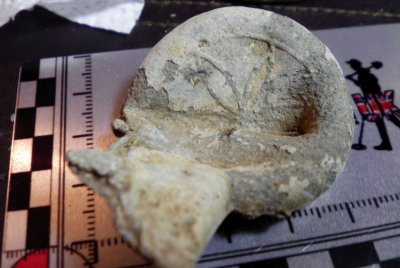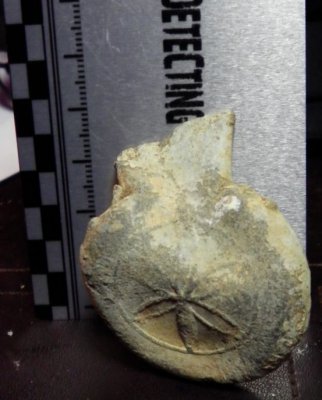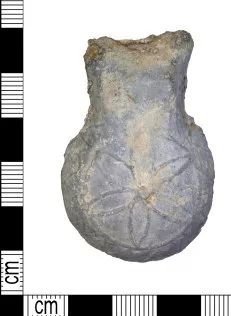According to Spinks, Edward III minted the first gold coinage in1344 since ..well the Murky Ages. A Florin (Leopard) was worth three shillings and a Very Fine (VF) grade example last sold for £135,000, a Fine (F) grade example for £27,000, and less for coins bent in half. The Noble (6s.8d) was of higher denomination but more were produced and for longer, so a VF early one sold for £110,000, a F one for £27,500 - with prices dropping dramatically as the Noble was lowered in weight over subsequent re-issues.
"Treasure" in my opinion is a pain, although I'm interested in how it came to be lost. I'd much rather find something small and personal that can be reported to your Finds Liaison Officer for recording if need be (had no idea Helen Geake was a FLO), but isn't valuable enough to interest the Coroner.






